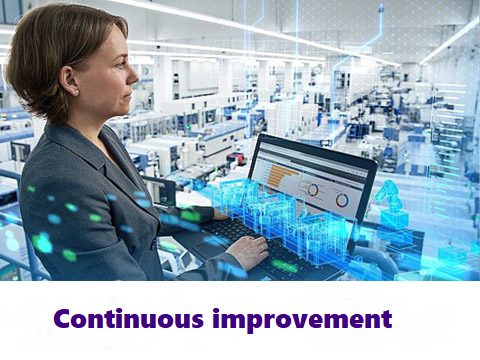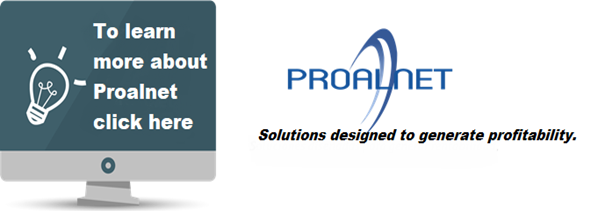The changes that the 2020 pandemic has brought to various industries worldwide are significant. 50% of sectors have experienced a major shakeup, forcing them to pivot some of their services and products, 15% have strengthened, and an unfortunate 20% of companies have been forced to cease their commercial operations.
In this article, we will suggest conducting a productivity self-assessment based on the changes that companies have been forced to adapt to.
- Redefine KPIs
It’s possible that the key indicators you were measuring just over a year ago have changed, at least in their order of priorities. A clear example is the number of reference changes being made on your machines, the size of production runs for a certain product, the ratio of operator work hours compared to the number of shifts they can perform, or the number of purchase orders that need to be delivered to a single customer.
This definition should be done by a multidisciplinary team, as everyone will have different objectives (for example, the sales team will want to maximize machine usage, while the maintenance team will want to ensure they don't overextend).
They must be objective and reach a consensus on the company’s interests.
- Measure these new KPIs
This step can be divided into two scenarios: either these new indicators were not previously measured, or they need to be measured from a new perspective (using different methods, preferably automated).
For the first case, we always recommend starting manually for a few weeks, delegating personnel to gather the information and digitize it for proper analysis. For the second case, it's necessary to evaluate whether new parameters should be considered and make the necessary adjustments.
We have always advocated for the automated capture of these indicators, to ensure real-time accuracy and immediacy of the data(Click here to see the benefits of automatic capture).Automated and online-connected software like Proalnet's Gespline is the perfect tool for this data capture and subsequent analysis. Proalnet's Gespline, son la herramienta perfecta para esta captura de datos y posterior análisis.
- Self-assess (Be objective)
Once you have this data, you can ask yourself the three most important questions, which should be answered as precisely as possible (which is why we recommend automatic capture):
A- Of the 100% of the hours my machines can produce, how much are they actually producing?
B- If my machines can produce X units per hour, how many are they actually producing?
C- Of the units produced at the end of each shift, what percentage fails to meet the quality standards?
- Analyze and Compare
Now that you have these digitized KPIs, it’s time to compare them with two different sources. The first is your pre-pandemic numbers (if you don’t have these, you can make an estimate based on information such as sales and machine shifts) and see what has changed during this period.
The second source, a bit harder to obtain, is data from industries similar to yours. Gathering this information may be a bit more laborious, but if you manage to get these KPIs, you will see where your bottlenecks are and where improvements can be made.
A key ally at this point is your “Floor Control System” provider. Make sure to find one with extensive experience, who can offer valuable solutions or innovative proposals and is willing to provide this advice to grow together.
At Proalnet, we’ve been part of productivity plans for major companies in Latin America for over 10 years, including Aldor, Grupo Grand Bay Latinoamérica, and Plasticel, among others, bringing specialized engineers to the table with complementary expertise.
- 5. Implement Solutions and Repeat
You should always address the problem causing the bottleneck in the production line first, as well as the main issue identified in a Pareto analysis (read here what a Pareto of stoppages is). Solving this issue will yield the most benefits. Another factor to consider when prioritizing problems to solve is the cost of implementing the solution compared to the benefits it brings.
Throughout this time, the key indicators established from point #1 should be continuously measured to understand the impact of the solutions we’ve implemented. It’s very likely that your company’s bottleneck has shifted and needs to be addressed to start the path to continuous improvementClick here to read about continuous improvement.).
In summary, this is a cycle that should never end, and you are probably already familiar with it, but in focusing on the challenges brought by the pandemic, it may have been set aside:
1.Define what’s important
2.Measure your current state
3.Self-assess
4.Analyze and compare
5.Implement changes
6.Repeat the process
If you would like more information, feel free to contact us at info@proalnet.com and we will gladly study your case and propose improvements.
Subscribe to our blog to receive monthly articles on manufacturing productivity and industry updates.
If you want to receive articles like this by email, sign up! Click Here.
We invite you to watch the video on how our GESPLINE platform works: Click Here!



